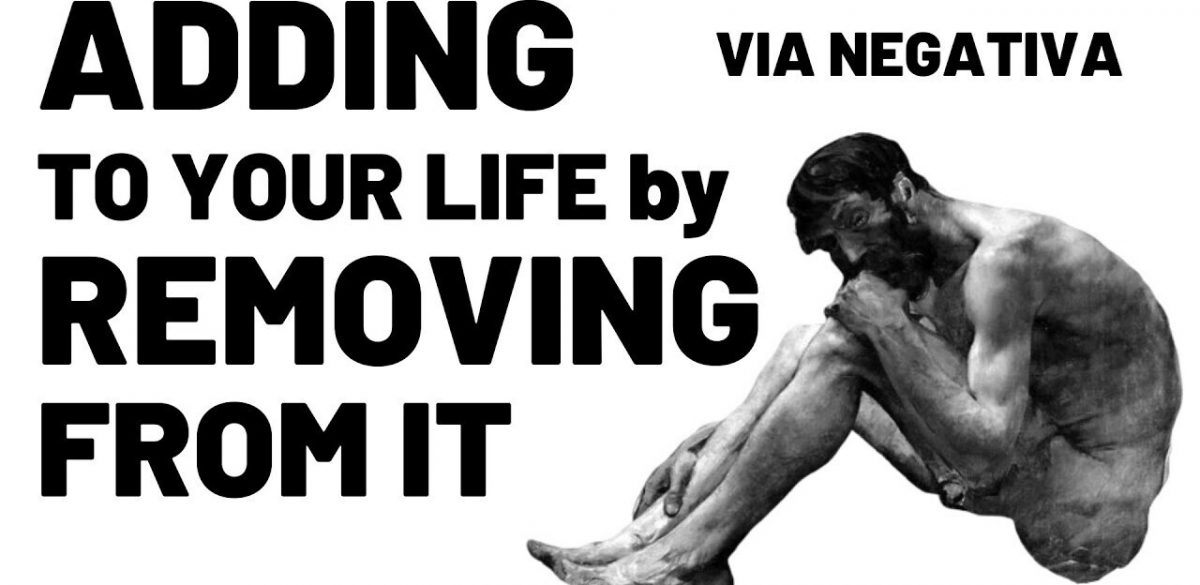Introduction
In the realm of decision-making, the mental model of Via Negativa emphasizes the importance of subtracting, eliminating, or avoiding certain actions or elements to improve outcomes. Via Negativa is rooted in human psychology and plays a significant role in our day-to-day lives. This blog post aims to explore the concept of Via Negativa, its relevance in decision-making, examples across personal, business, and public policy contexts, the mental biases that contribute to its misuse, and practical strategies to identify and overcome the pitfalls of Via Negativa.
Understanding Via Negativa
Via Negativa is a mental model that focuses on the power of subtraction rather than addition. It involves removing unnecessary or harmful elements, actions, or processes to enhance efficiency, clarity, and effectiveness in decision-making. By eliminating what is unnecessary, decision-makers can reduce complexity, avoid negative outcomes, and optimize their choices.
Examples of Via Negativa
- Personal Life Decisions: In personal life, Via Negativa can be observed when individuals declutter their living spaces or prioritize minimalist lifestyles. By removing unnecessary possessions, individuals experience increased focus, clarity, and a sense of calm. This allows them to prioritize what truly matters and avoid the burden of material excess.
- Business Scenarios: In the business world, Via Negativa is exemplified by companies that streamline their operations by eliminating redundant processes or unprofitable product lines. By focusing on core competencies and shedding non-essential activities, businesses can improve efficiency, reduce costs, and enhance their competitive advantage.
- Public Policy-Making: Via Negativa is also relevant in public policy-making. Governments can achieve better outcomes by removing outdated or ineffective regulations, reducing bureaucracy, and simplifying complex systems. By eliminating unnecessary barriers, policymakers can create more favorable conditions for innovation, economic growth, and societal progress.
Mental Biases and Underpinnings
Several mental biases contribute to the misuse of Via Negativa. The “status quo bias” often makes individuals reluctant to eliminate or change established practices, even if they are ineffective or inefficient. Fear of the unknown and resistance to change can hinder the application of Via Negativa.
Furthermore, the “loss aversion bias” plays a role in avoiding elimination. People tend to be more averse to losses than they are motivated by potential gains. This bias can lead to the retention of unnecessary elements or actions due to the fear of losing something valuable, even if it no longer serves a purpose.
Identifying and Avoiding Via Negativa Fallacies
To avoid succumbing to the pitfalls of Via Negativa, it is essential to develop self-awareness and adopt critical thinking strategies. Here are practical tips to help identify and overcome the biases associated with Via Negativa:
- Regular Evaluation: Regularly evaluate your decisions, actions, and processes to identify areas of potential elimination. Ask yourself if certain elements are truly necessary and contribute to your desired outcomes. Be open to challenging the status quo and questioning established practices.
- Cost-Benefit Analysis: Conduct a cost-benefit analysis of eliminating certain elements or actions. Assess the potential positive impact and weigh it against the potential losses. Recognize that eliminating certain elements can create space for more meaningful and valuable alternatives.
- Experimentation and Adaptation: Embrace experimentation and adaptability. Test small-scale eliminations and observe the effects. This iterative approach allows for learning and adjustment, enabling more informed decision-making.
Conclusion
Via Negativa offers a powerful mental model for decision-making, highlighting the significance of subtraction and elimination. By recognizing the mental biases that can hinder its application and adopting strategies such as regular evaluation, cost-benefit analysis, and experimentation, individuals can make more objective decisions and enhance their outcomes. Via Negativa empowers individuals, businesses, and policymakers to streamline processes, remove inefficiencies, and create space for innovation and growth. Awareness and active avoidance of the Via Negativa fallacy enable us to harness the full potential of subtraction in decision-making and achieve greater clarity, effectiveness, and success.
